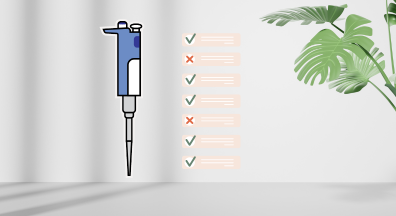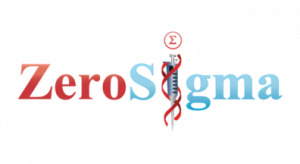Influencing parameters, resulting errors in measurement and corrective measures
| Influencing parameter | Effect | Influenceable by | Determinable by |
| Variations in air pressure at adjustment versus use of the pipette | up to 0,2 % | Constructive steps taken by manufacturer | Observing barometer at the measuring or working place |
| Difference in density of the liquid to be pipetted versus that of the water used for adjustment |
up to 1,0 % |
Observing user information |
Comparing the density of the liquid to be pipetted to that of water |
| Difference in vapour pressure of the liquid to be pipetted versus that of the water used for adjustment |
up to 2,0 % |
Sufficient prewetting of pipette tip; observing ISO 8655-6 | Dripping tip or drop hanging from the tip |
| Viscosity and/or flow characteristics and wetting characteristics of the liquid to be pipetted |
Observing user information |
Visualcheckfordropletsorliquidtrails during delivery of liquid | |
| Leaky piston/cylinder system | 1 % to 50 % | Regular check of pipette and the volumes aspirated | Dripping tip, maximum permitted errors are exceeded |
| Uneven piston movement | up to 0,5 % | Smooth operation of piston; observing user information | Observing of one’s own pipetting technique |
| Uneven rhythm and timing during pipetting | up to 1,5 % | Even pipetting technique; observing user information | Maximum permitted errors are exceeded |
| Depth of plunging of the pipette tip and handling angle during pipetting |
up to 1,0 % |
Holdingpipetteinverticalposition, observing user information or ISO 8655-6 | Visual control of plunging depth and handling angle |
| Variations in pipette temperature, ambient temperature and the temperature of the liquid to be pipetted |
up to 0,3 %/K |
To the extent possible, the temperature of the pipette, room and liquid to be pipetted should be the same | Measuring the temperature of air and medium; measuring of pipette temperature impossible |
| Changes in relative humidity of the ambient air | up to 3,0 % | Sufficient prewetting of pipette tip | Observing hygrometer |
| Failure to prewet pipette tip | up to 2,0 % | Prewetting of pipette tip | Maximum permitted errors are exceeded |
| Failure to wipe pipette tip on the vessel wall |
up to 3,0 % |
Wiping of the pipette tip on the vessel wall (wiping distance 8 mm to 10 mm), observing ISO 8655-6 | Maximum permitted errors are exceeded |
| Leaky/poorly seated pipette tips | 0,5 % to
50 % |
Using original or recommended pipette tips | Dripping tip or maximum permitted errors are exceeded |
| Reuse of pipette tips | up to 4,0 % | Using pipette tips only once | Maximum permitted errors are exceeded |
| Straightness of pipette tips | up to 10 % | Using appropriate tips only | Visual check after positioning of the tips on the multi-channel pipette |






